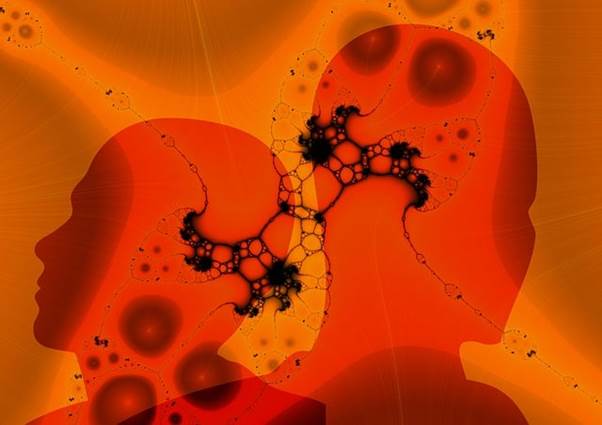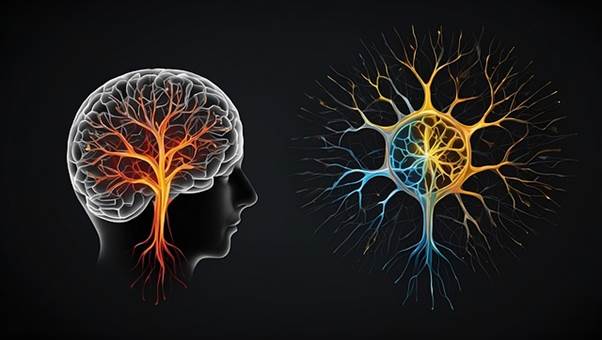The human brain is often described as the most complex organ in the body, and for good reason. Every thought, memory, movement, and feeling originates from an intricate web of neural pathways. These pathways, commonly referred to as Neuro connections, form the communication system that allows the brain to process information and control the body. Understanding Neuro connections is central to unlocking how humans learn, adapt, and recover from neurological conditions. Advances in neuroscience are shedding new light on this fascinating subject, offering hope for medical breakthroughs and technological innovations.

What Are Neuro Connections?
Neuro connections are the links between neurons, the specialized cells of the nervous system that transmit information through electrical and chemical signals. Each neuron can connect with thousands of others, creating a vast network that resembles an intricate circuit board. These connections form the foundation of brain function, enabling everything from reflex actions to complex decision-making. The strength and efficiency of Neuro connections determine how effectively the brain processes information, making them essential to both mental and physical performance.
The Importance of Neuro Connections
The significance of Neuro connections cannot be overstated. They are responsible for the brain’s remarkable ability to adapt, a property known as neuroplasticity. When we learn new skills, practice habits, or recover from injury, the brain strengthens or rewires its connections. This means that Neuro connections are not fixed but dynamic, constantly changing in response to experience. This adaptability explains how children learn languages quickly, how athletes master coordination, and how patients can recover after strokes.
How Neuro Connections Are Formed
From the earliest stages of development, the brain is busy forming Neuro connections. During infancy and childhood, neurons create millions of connections every second as the brain responds to stimuli. While many connections are strengthened through repeated use, others are pruned away if they are not needed. This process ensures that the brain remains efficient, focusing on the most valuable pathways. Throughout life, experiences such as education, social interaction, and even stress continue to shape and reshape these connections.
The Role of Neuro Connections in Learning and Memory
One of the most exciting areas of research focuses on how Neuro connections influence learning and memory. When you study a new subject or practice a musical instrument, neurons fire together, strengthening the pathways that support that activity. This is often summarized by the phrase “neurons that fire together, wire together.” Strong Neuro connections make it easier to recall information and perform tasks with greater speed and accuracy. Conversely, weak or damaged connections can lead to memory loss or difficulty learning new skills.
Neuro Connections and Mental Health
The health of Neuro connections plays a critical role in mental well-being. Conditions such as depression, anxiety, and schizophrenia have been linked to disruptions in neural communication. For example, imbalances in neurotransmitters like serotonin and dopamine can affect how connections function, leading to mood disorders. Modern treatments, including medication and therapies like cognitive-behavioral therapy (CBT), aim to restore balance and strengthen healthy Neuro connections. By targeting the brain’s wiring, researchers hope to develop more effective and personalized treatments in the future.
Neuro Connections in Neurological Disorders
Beyond mental health, Neuro connections are central to understanding neurological conditions such as Alzheimer’s disease, Parkinson’s disease, and epilepsy. In Alzheimer’s, for instance, plaques and tangles interfere with normal communication, leading to cognitive decline. In Parkinson’s, the breakdown of dopamine pathways disrupts motor control. Mapping and studying Neuro connections allows scientists to identify which pathways are affected, paving the way for new therapies. Rehabilitation programs that focus on stimulating healthy pathways are also helping patients regain lost functions.

The Role of Technology in Studying Neuro Connections
Recent advances in technology have revolutionized the study of Neuro connections. Tools like functional MRI (fMRI) and electroencephalography (EEG) allow scientists to observe the brain in action. Artificial intelligence and machine learning are being used to analyze massive datasets, revealing patterns that were previously invisible. Researchers are also developing brain-computer interfaces that rely on decoding Neuro connections, potentially enabling paralyzed individuals to control machines using only their thoughts. These innovations highlight the vast potential of combining neuroscience with modern technology.
Strengthening Neuro Connections in Daily Life
The good news is that anyone can take steps to strengthen their Neuro connections. Activities like learning new skills, exercising regularly, practicing mindfulness, and engaging in social interactions all stimulate the brain. Proper nutrition and adequate sleep also play vital roles in maintaining healthy connections. Even small lifestyle changes, such as reducing stress and limiting multitasking, can improve how effectively neurons communicate. By prioritizing brain health, individuals can enhance their memory, focus, and overall cognitive function.
The Future of Neuro Connections Research
Looking ahead, the study of Neuro connections promises exciting possibilities. Researchers are exploring therapies that directly target neural pathways, including gene editing and stem cell treatments. Personalized medicine based on brain connectivity may soon provide customized solutions for neurological and psychiatric disorders. Furthermore, as technology and neuroscience continue to converge, we may see breakthroughs in artificial intelligence inspired by the efficiency of Neuro connections. The future holds the potential not only for curing diseases but also for enhancing human cognition beyond natural limits.
Conclusion
In conclusion, Neuro connections are the lifelines of the human brain, enabling everything from basic reflexes to complex thought. Their dynamic nature explains how humans learn, adapt, and recover from challenges. Advances in neuroscience and technology are revealing just how powerful and adaptable these connections are, offering hope for improved mental health, neurological care, and even human enhancement. By understanding and nurturing Neuro connections, we move closer to unlocking the full potential of the human mind.